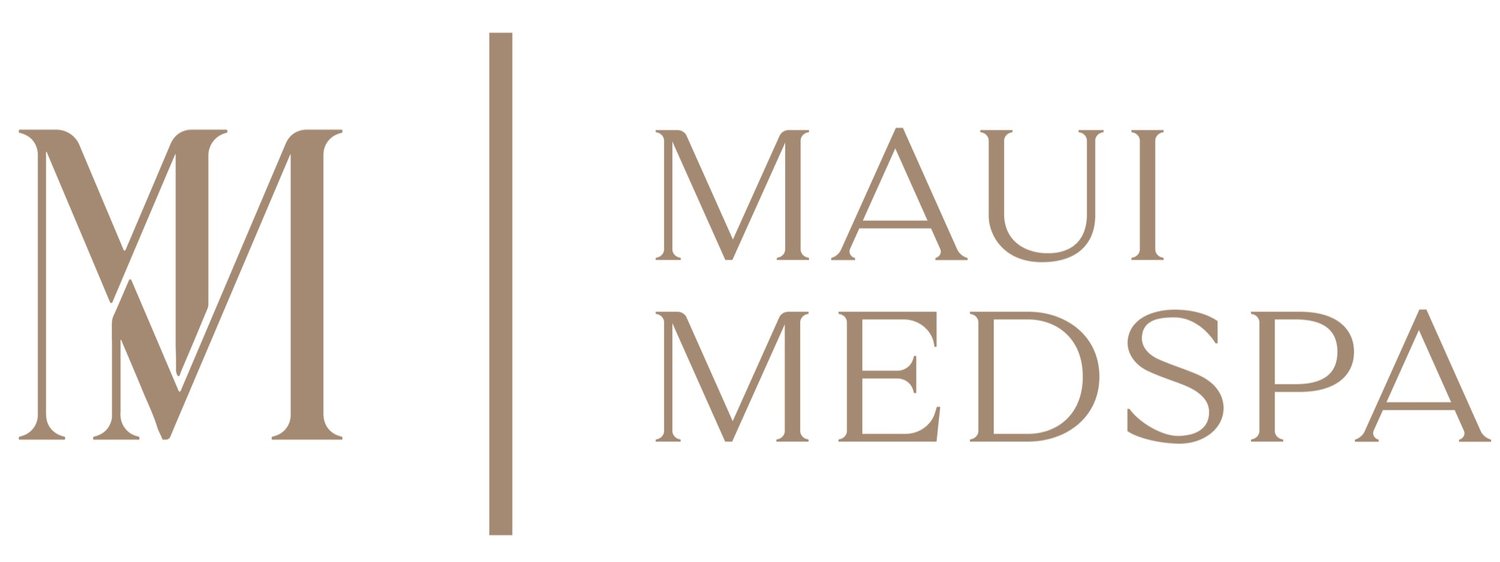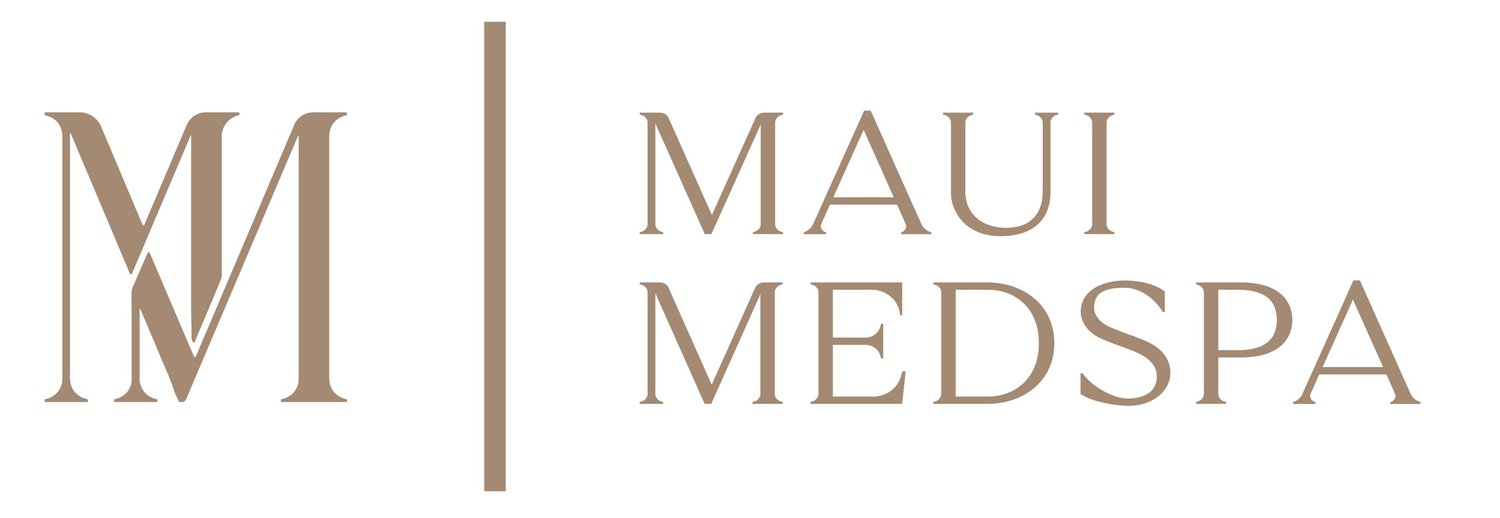Lip Filler Aftercare: Tips for Beautiful, Long-Lasting Lips
Thinking about getting lip fillers or just had the procedure done? Congratulations on taking a step toward enhancing the volume and shape of your lips! While the treatment itself is quick and straightforward, the real key to achieving stunning, long-lasting results lies in how you care for your lips afterward. This guide is designed to walk you through every step of the aftercare process, ensuring your lip fillers settle beautifully and your lips remain healthy.
What Are Lip Fillers?
Lip fillers are a popular cosmetic procedure designed to enhance the fullness and shape of your lips. Typically, these fillers are made of hyaluronic acid, a substance naturally found in the body that helps maintain skin hydration and volume. The treatment involves injecting the filler into specific areas of the lips to add volume, improve shape, and smooth out fine lines.
Lip fillers are favored for their ability to provide immediate results with minimal downtime. The procedure is usually quick, often completed within 30 minutes, and the effects can last anywhere from 6 to 12 months, depending on the type of filler used and individual factors. Because hyaluronic acid is naturally compatible with the body, the risk of allergic reactions is low, making lip fillers a safe and effective option for many people.
Immediate Aftercare Steps
Avoid Touching and Pressure: After your treatment, the filler is still malleable and can be displaced by excessive pressure or manipulation. To avoid altering the shape of your new lips, refrain from touching them unless absolutely necessary. This includes avoiding kissing, using lip massagers, or even sleeping on your face. Be mindful when washing your face or applying skincare products; use gentle, upward strokes and avoid direct contact with your lips.
Apply Ice: Swelling and bruising are natural responses to the injection process. To minimize these effects, apply a cold compress or an ice pack wrapped in a soft cloth to your lips. Use a gentle application method: apply the cold compress for 10 minutes, then remove it for another 10 minutes to prevent skin damage or irritation. Repeat this cycle several times during the first 24-48 hours. Avoid applying ice directly to the skin to prevent frostbite.
Stay Hydrated: Drinking plenty of water helps keep your overall body hydrated and aids in maintaining the hydration levels of your lips. Hydrated cells heal faster and support the integration of the filler material into your lip tissues. Aim to drink at least eight glasses of water a day. Additionally, avoid caffeine and alcohol as they can dehydrate your body, which can slow down the healing process.
Skip Makeup: Applying makeup immediately after receiving lip fillers can introduce bacteria to the injection sites and increase the risk of infection. It's best to wait at least 24 hours before applying any lip makeup to allow the initial healing process to begin undisturbed. When you do resume wearing makeup, ensure your brushes and applicators are clean to minimize the risk of infection.
Dietary Recommendations
Can I Eat After Lip Filler Injections?
Yes, you can eat after lip filler injections, but it's best to choose soft foods that require minimal chewing for the first 24-48 hours. Hard or chewy foods can exert pressure on your lips, potentially disrupting the filler. Foods like soups, yogurt, and smoothies are excellent options. Additionally, avoid foods that require you to open your mouth wide or take large bites, such as sandwiches or burgers. Eating smaller, manageable portions will help protect your new fillers.
Avoid Extra Salty Foods
High salt intake can lead to increased swelling by causing your body to retain water. Keeping your sodium intake low for a few days post-treatment can help mitigate excessive swelling. Focus on fresh, unprocessed foods and avoid salty snacks, processed meals, and canned soups. Instead, incorporate hydrating foods like cucumbers, watermelon, and leafy greens into your diet.
Long-Term Care and Maintenance
Sun Protection
Prolonged sun exposure can degrade the quality of your lip fillers and lead to uneven pigmentation. Use a lip balm with a high SPF to protect your lips from UV rays, which can also accelerate aging signs around the mouth. Reapply your SPF lip balm regularly, especially after eating or drinking. Wearing a wide-brimmed hat can provide extra protection from the sun.
Follow-Up Appointments
It's crucial to follow up with your injector according to their recommended schedule. These visits allow your practitioner to assess the settling of the filler and make any necessary adjustments to enhance the appearance and longevity of your results. During these appointments, discuss any concerns or changes you've noticed to ensure your fillers are performing as expected.
Regular Moisturizing
Regular application of a high-quality lip balm helps keep the lips hydrated, supporting the durability of the filler and keeping the lips plump and smooth. Look for products that are non-comedogenic and free from irritating ingredients. Ingredients like shea butter, coconut oil, and hyaluronic acid are excellent for maintaining moisture. Avoid lip products with menthol, camphor, or other potential irritants that can dry out your lips.
Activities to Avoid
Avoid Intense Heat
High temperatures can exacerbate swelling and bruising. For the first 48 hours after your treatment, avoid activities that significantly increase body temperature, such as strenuous exercise, using hot tubs, or visiting saunas. Excessive heat can cause your blood vessels to expand, leading to increased swelling and discomfort. Opt for light activities and keep cool to facilitate a smoother healing process.
Limit Physical Activity
Strenuous physical activities increase blood flow and body heat, which can lead to increased swelling and potentially more bruising. Limit your exercise and heavy activities for at least 24 to 48 hours to give your lips the chance to heal without additional stress. Light walking is generally acceptable, but avoid high-impact exercises such as running or weightlifting. Listen to your body and rest if you feel any discomfort.
Can I Exercise After Lip Filler Treatment?
It's best to avoid strenuous exercise for at least 24-48 hours after your treatment. Physical activities increase blood flow and body heat, which can lead to increased swelling and bruising. Light activities such as walking are generally acceptable, but avoid any exercise that raises your heart rate significantly. If you must exercise, try to keep your head elevated and avoid movements that put pressure on your face.
How to Sleep After Getting Lip Fillers to Avoid Swelling
Sleeping with your head elevated can help reduce swelling. Use an extra pillow or two to keep your head elevated above your heart. Avoid sleeping on your face or stomach, as this can put pressure on your lips and affect the filler. Try to sleep on your back with your head elevated for the first few nights after your treatment.
Accidentally Slept on Side After Filler?
If you accidentally slept on your side after filler, don't panic. While it's best to avoid this, it’s not uncommon, and occasional side sleeping is unlikely to cause significant issues. However, if you notice any asymmetry or changes in the shape of your lips, contact your practitioner for advice. They can assess if any corrective measures are necessary. To minimize the risk of disturbing the fillers, try to consciously sleep on your back with your head elevated.
No Alcohol Consumption
Alcohol dilates your blood vessels and can increase the risk of swelling and bruising. Avoiding alcohol for 24 hours before and after your treatment can significantly reduce these risks. Alcohol can also thin your blood, making you more prone to bruising. If you have social events planned, consider opting for non-alcoholic beverages to support your healing process.
Avoid Smoking
Smoking can interfere with the healing process and increase the risk of infection. It's best to avoid smoking for at least 24-48 hours after your treatment. The chemicals in cigarettes can constrict blood vessels and reduce blood flow, which can delay healing and affect the results of your lip fillers.
How to Reduce Bruising from Lip Fillers Quickly
To reduce bruising, apply an ice pack wrapped in a soft cloth to your lips for 10-minute intervals, as mentioned earlier. Avoid alcohol and blood-thinning medications like aspirin or ibuprofen, as they can increase bruising. Arnica gel or bromelain supplements may also help reduce bruising and swelling. Consult with your practitioner before using any supplements or medications.
Can You Drink from a Straw After Lip Filler?
It is best to avoid drinking from a straw for at least 24-48 hours after getting lip fillers. Using a straw can create unnecessary pressure on your lips and the newly injected filler, potentially disrupting the settling process and leading to uneven results. Instead, drink directly from a glass to minimize any disturbance to your lips during the crucial initial healing period. This small precaution helps ensure that your lip fillers settle correctly, giving you the best possible outcome.
Signs to Watch For
Post-treatment complications are rare but require vigilance. Contact your practitioner if you notice severe swelling that doesn’t subside, signs of infection like increasing pain or pus, or if the filler feels unusually hard or lumpy. Other warning signs include significant asymmetry, prolonged redness, or itching. Early intervention can prevent more serious complications, so don't hesitate to seek professional advice if something feels off.
Why Do My Lip Fillers Feel Lumpy?
It's not uncommon for lip fillers to feel lumpy or uneven immediately after the procedure. This usually resolves on its own within a week as the filler settles and your body adjusts. However, if the lumps persist or become painful, contact your practitioner for advice. Gentle massage, as recommended by your practitioner, can also help smooth out any unevenness.
When Can I Wear Lipstick After Lip Fillers?
It's best to wait at least 24 hours before applying any lip makeup, including lipstick. This allows the initial healing process to begin undisturbed and reduces the risk of introducing bacteria to the injection sites. When you do resume wearing lipstick, choose a hydrating formula and avoid lip products with harsh chemicals that could irritate your lips.
What to Know About Lip Filler Migration
Lip filler migration occurs when the filler moves away from the initial injection site to other areas, which can result in an uneven appearance. This can happen due to improper technique, excessive pressure on the lips shortly after treatment, or the body's natural movements. To minimize the risk of migration, follow all aftercare instructions carefully, avoid pressing or massaging your lips unnecessarily, and refrain from strenuous activities that might affect the filler. If you suspect filler migration, consult your practitioner for assessment and possible corrective measures.
Maximizing Your Lip Filler Results with Effective Aftercare
Effective aftercare is a critical part of your lip filler journey. By adhering to these guidelines, you can enjoy beautiful, long-lasting results while minimizing potential complications. Always communicate openly with your aesthetic provider about any concerns to ensure the best care for your new lips. Proper aftercare not only enhances your immediate results but also contributes to the overall health and appearance of your lips in the long term.


